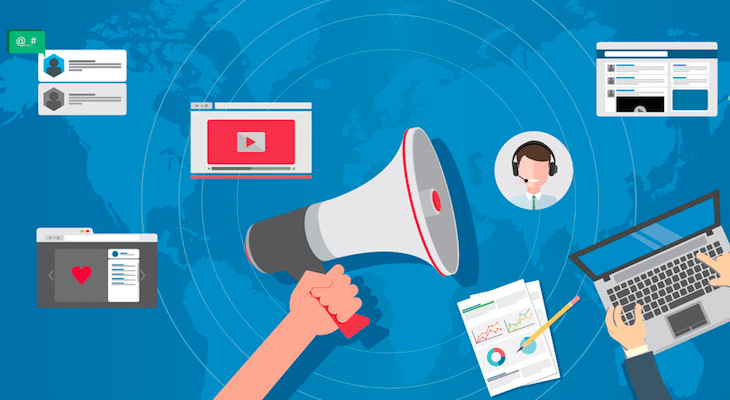You’ve spent months working on your new product and are counting down the days to launch. Your final to-do on launch day is send a news release to your top-tier reporters, and pitch them on covering your story.
But should it be?
Despite how excited your internal team is about whatever it is you’re announcing, it’s highly unlikely your one-off, promotional announcement is going to pique the interest of a top-tier journalist.
No matter how well-written, it’s rare for a news release to get in front of your ideal buyer, let alone drive them to action.
If your entire launch is depending solely on traditional public relations tactics for its success, you may be headed for failure.
Instead of spending a week crafting a release and going through endless rounds of edits, focus your PR efforts on these integrated public relations activities instead.
Blogging
Your company blog is a valuable tool for building a foundation that positions your executives as industry thought leaders. Journalists often look at executive-authored content when evaluating sources and considering whether or not to include your company in their coverage.
Go beyond product-heavy promotional content and use your blog to share relevant and helpful content that helps your ideal customer be successful in his or her job or life.
Build relationships
You wouldn’t walk up to a journalist or an industry influencer at a party and start giving them your elevator pitch, would you?
I hope not!
It’s important to build relationships with journalists and social media influencers, based upon being helpful to them and the pursuit of their goals, long before you pitch them stories about your business.
Here’s how to get started: identify the top journalists, bloggers, industry analysts and thought leaders who influence your customer-buying decisions. Search for them on the key social media platforms you are focusing on, and follow them there. On Twitter, create an influencers list and add them to it. Not only will that make it easy for you to see what they’re sharing and talking about, it’s a solid first social interaction with them.
Social media interaction and engagement
Your social channels present a unique opportunity to connect directly with influencers and fans to build a relationship with them over time.
Amplify content shared by your influencers (here’s where that influencer Twitter list comes in handy) by liking and re-sharing it in your social channels, and engaging them in conversation on the topic or around a key point they raised in their content.
Use social listening tools such as Social Mention and streams in Hootsuite to track mentions of your brand and respond to those brand fans.
You can also add your expertise (but not a hard product sell) to relevant conversations.
Related: Use Public Relations to Grow Your Business
Comment on blogs and articles
Bloggers and journalists spend a lot of time on the content they publish. Let them know what new insights you gleaned from them, pose a question, or share a follow-up on one of their points.
This is a great way to share your expertise and get a conversation started on topics you’d eventually like to be part of a more formal conversation on.
Email marketing
Sorry, but email is definitely not dead!
In fact, research from Salesforce found that 95 percent of people who have opted-in to receive email messages from a brand find these messages somewhat or very useful.
A regularly scheduled email newsletter is a good way to build and nurture customer and prospect relationships over time and provide influencers with a low-key way to keep apprised of what your company is up to, without the threat of dreaded PR pitch cold calls.
Sponsored posts
Give your best content the opportunity to go beyond your current fans and followers by allocating a budget to distribute it through sponsored social media posts.
Create audience segments on LinkedIn, Twitter and Facebook that closely resemble your target customer and promote your posts to those audiences.
Integrate social advertising with media relations
When your company finally gets that awesome media mention or is included in a key analyst report, there’s a lot more you can do in addition to sharing it with your existing social media followers.
You can—and should—use paid social advertising to drive additional readers to that media coverage, and ultimately to your company website.
On Facebook, you can take it one step further by using your social advertising to target warm prospects with these ads (people who have visited your website) by using the pixel on your website.
Related: Sign up to receive the StartupNation newsletter!
No need for the news release
If the primary action item in your product launch project plan is sending a news release across the wire touting how revolutionary your new product is and how it will disrupt your industry, it’s unlikely you’re going to see the results you’re looking for.
But when your product launch announcement is just one piece of an integrated public relations communications effort, you are setting your launch, and your PR efforts, up for success.






